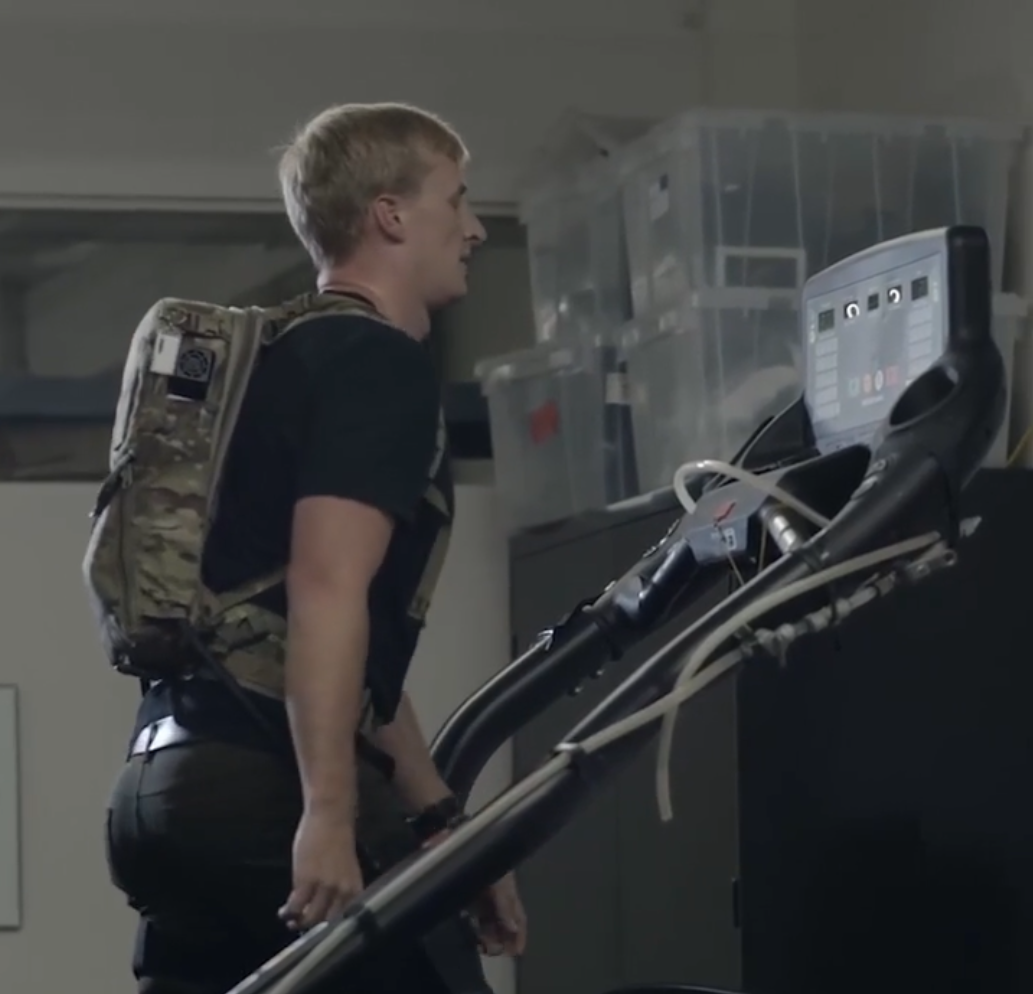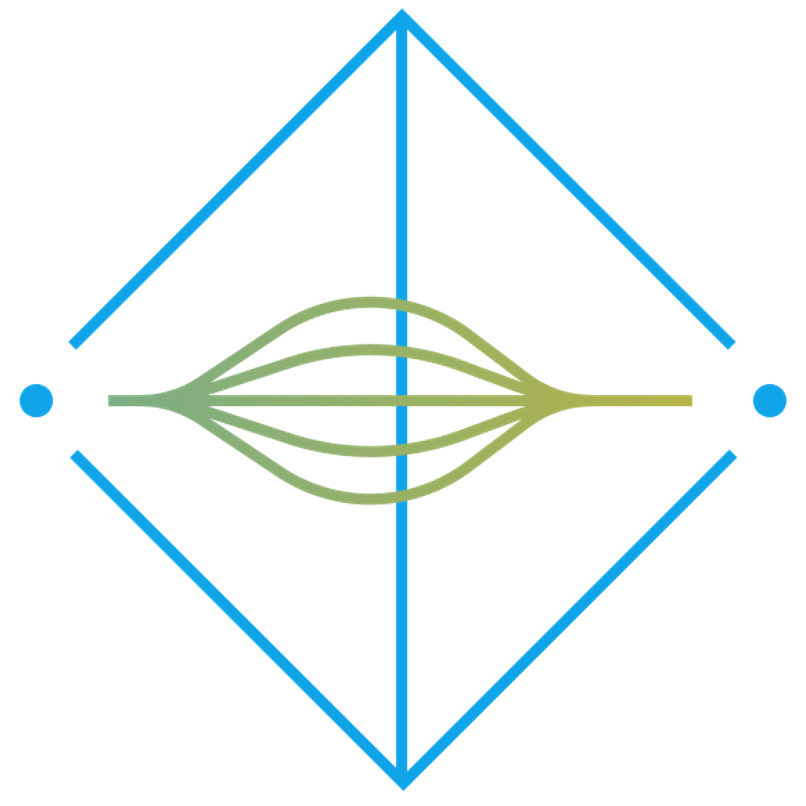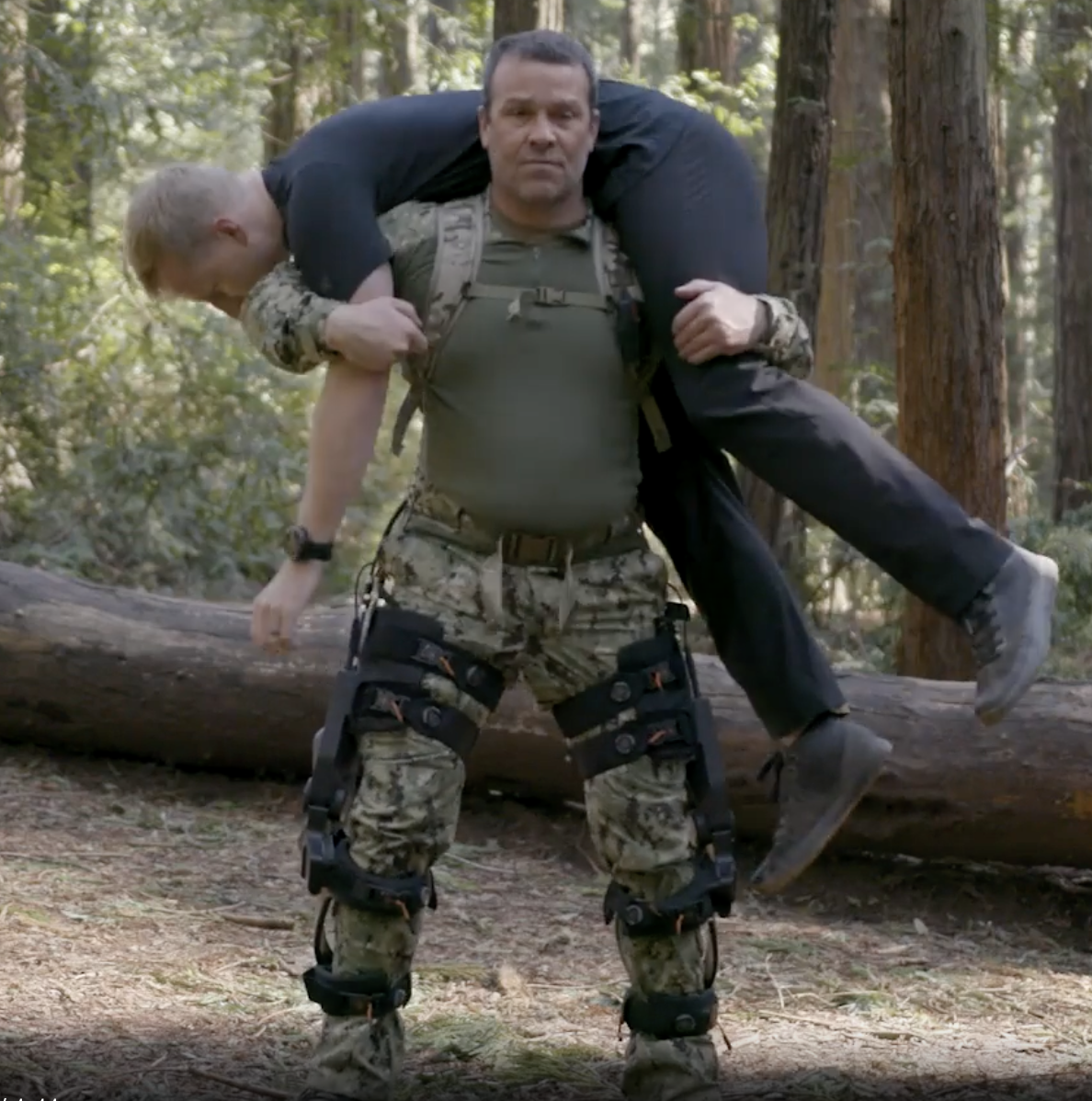
Context:
I joined Roam in 2016. I was the 9th employee and the first team member hired to think about the commercialization of Roam’s patent soft robotic technology. Their pneumatic-powered actuators had a 10X strength-to-weight ratio compared to electric motors at one-tenth the cost.
Goal:
My goal was to turn their technology into a viable product. I had 9 months of runway to create a compelling business case so we could raise series A funding. One year after that to have a limited product release.
Phase 1: Product Discovery
Activities:
Understand engineering constraints
Look at the technology's strengths and weaknesses to identify use cases.
Conduct broad user research (qual and quant) to identify user groups and market segments.
Create a business case for each user group and market segment.
Use the above constraints to create a short list of viable products.
Engineering Constraints:
Pros:
Lightweight Actuation: actuator made of cloth only
Power: Overall 10X strength-to-weight ratio when compared to other exoskeletons
Price: Likely $500 manufacturing cost, $2K price tag
Cons:
Size and Weight: large actuator and requires a battery and air compressor located on the body
Sound: The air compressor makes some noise.
Actuation Precision: The Acctuator can add power to join but can’t control the position
User Group 1: Medical/Injury Recovery
Conditions Explored: Recovery after knee replacement, Osteoarthritis, Rheumatoid Arthritis, In-home Nursing Assist
Research: Conducted qualitative user interviews and prototype tests with each user group and the medical professionals that support them.
User Assessment: It reduces pain in joints while using and reduces the risk of re-injury.
Assessment: Medium-sized TAM, 2K price is not a problem; it’s the same as top knee braces. Product aesthetics in public are an issue. The ability to put on and take off the device is an issue.
User Group 2: Sport/Aging Athletes
Activities explored: Ski Assist, Hiking Assist, Running Assist, Motorbiking.
Research: Conducted qualitative user interviews and prototype tests with each user group and quantitative market tests through Instagram and Facebook.
User Assessment: It reduces joint pain while in use and can significantly extend activity length. However, product aesthetics are a big problem for users.
Assessment: Medium Sized TAM Price is acceptable only for the ski market because of the high baseline cost of activity.
User Group 3: Military
Activities explored: Hiking with a heavy backpack, running over long distances, and traveling through very rough terrain.
Research: Conducted prototype test with the military officer through the DARPA program.
User Assessment: It reduces pain in joints while using and can significantly extend activity length.
Assessment: Large-Sized TAM, Price is acceptable, (note: military purchase patterners are not compatible with startup funding constraints.)
Conclusion:
With guidance from our investor and full team support, we moved our Ski assist, Military Hiking Assist, and Knee arthritis rehab concepts into product development.
Timing: 1 year: Q2, 2016 - Q2,2017
Series A: Vision Video
Written and directed by myself. Filming and editing by Eugene Huang.
Phase 2: Product Development
Activities:
Create user-specific functional prototypes with engineering mass production limitations considered.
Run limited product pilot in market segments to quantify value proposition & MVP features.
Learn, iterate design and business cases, then pick one market segment to pursue first.
Pilot Group 1: Knee Injury Recovery
We worked with a Stanford University medical professor and knee surgeon to run a study to determine the efficacy of Roam’s robotic knee brace. We also worked to determine the overall business plan. Results:
Those using our exoskeleton recovered with more mobility and less perceived pain than those without.
SAM for Rehab is $500M
SAM for Home Mobility $10B
Next Steps: Pursue potential insurance subsidy as a knee brace, which would cover up to $2k of the device cost.
Pilot Group 2: Aging Athletes - Skiing
We rented a small space at Palisades Tahoe and did a one-day rental of knee braces. We also ran a marketing campaign on Facebook. The pilot was ongoing when I left, but in the first few weeks, we estimated the following results:
Rentals were popular among those trying to ski despite significant discomfort, but the device's appearance was a substantial barrier to entry.
Facebook marketing had a 4% click rate, 100 likes, and shares.
4B TAM was determined.
Next Steps: Create A ski device that fits under ski pants like traditional knee braces.
Pilot Group 3: Military - Lift and run
DARPA testing was ongoing, but 100 units were ordered for field testing. A primary use case was moving heavyweights over rugged terrain.
Next Steps: Create a device that could be mass-produced to a military spec.
Conclusion:
ROAM continued to grow and develop products after I left, but the three main user groups I discovered and piloted remain their primary markets to this day. The military was the easy short-term market because they already secured active funding from DARPA, but they are still actively selling and testing a skiing device for commercial use.
Timing: 1.5 years: May 2017 - Dec 2018
Learn more:
Click the links below to see how the program shows up in the world:










